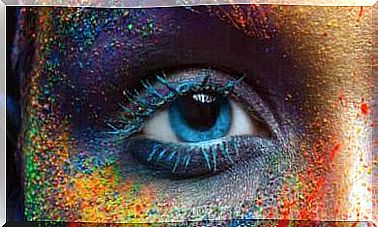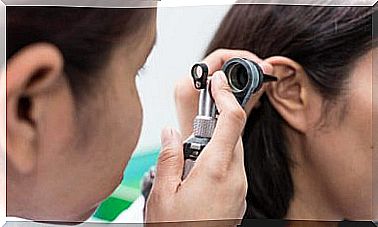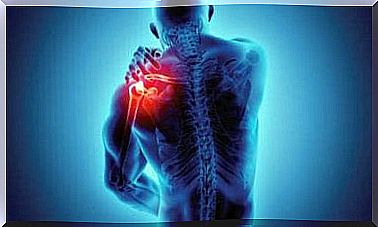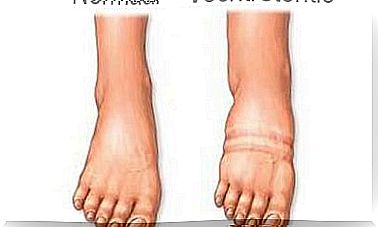7 Things To Expect During Your First Mammogram
Breast cancer is the second most common type of cancer in the world and the most common among women.
The usual way to detect this type of cancer is through an annual mammogram and assessment by a specialist.
However, mammograms are not recommended for women under the age of 45.
This is due to the firmness of the breast tissue, which makes it difficult to read the mammogram results and detect problems. In addition, women under the age of 45 have a lower risk of developing breast cancer.
However, many women do have their first mammogram when they are between the ages of 35 and 40. For when you have a mammogram soon, here are 7 facts about this procedure.
1. You will feel some pressure
During the mammogram, it is necessary for the doctor to place light pressure on the breasts. This is to get a high quality mammogram and to expose the patient to as little radiation as possible. Unfortunately, this pressure can cause some pain in some women. Other women experience only a little bit of discomfort.
It is common for women to experience a wide variety of sensations, as each woman has a different pain threshold. If you do feel pain during the mammogram, remember that it is for just a few minutes.
2. Avoid scheduling your first mammogram a few days before your period
Ideally, you should schedule your mammogram in the second or third week of your menstrual cycle. This is because there will be fewer glands in your breast tissue, making the results of the exam clearer and making the mammogram less uncomfortable.
In addition, your breasts are often more sensitive during menstruation or during the first week after your period, due to changes in hormone levels. This can cause pain and discomfort during the mammogram.
3. Tell your doctor you have silicone implants
Silicone implants may display the breasts on the scan influence . This is why it is very important to tell the radiologist when you have breast implants.
This will allow the doctor to use the correct amount of radiation so that the results of the mammogram will be clear. It is also possible that the position in which you have to stand may be different, depending on the size of your implants.
4. Wear two layers of clothing
You will normally have to take off the clothes that cover your upper body and put on hospital clothes, which the radiologist will give you. That is why it is better not to wear dresses or other types of clothing that are difficult to take off, for example.
It is ideal, for example, to wear a shirt with buttons on the day of the examination. This is easy to put on and take off. Not only will wearing comfortable clothes reduce the burden, it will also save time. So wear something practical.
5. Avoid certain cosmetic products on your armpits
You should not put any type of cosmetic product on your breasts or underarms on the day of the examination. This is because the use of these products can influence research results and lead to misdiagnosis.
It is important that you pay special attention to products that leave something on the skin, such as lotions, deodorants and powder. To avoid confusion, ask your doctor if the deodorant you normally use could be causing a problem.
If you have the mammogram in the evening, you can wash your armpits before the exam to avoid complications. You can reapply the deodorant after the mammogram.
6. Get into a comfortable position
Allow the radiologist to position you in the correct position at the beginning of the examination. If the position you are being put in is very uncomfortable, don’t hesitate to let us know.
Specialists say any change in breast placement during the exam can affect the results. This is why you should discuss this with the radiologist to find the best position.
So let us know what’s bothering you
In addition, you should always inform your radiologist about any physical limitations you may have, such as stiff muscles, difficulty raising your arms, or other issues.
If it’s impossible to get yourself in the right position before the exam is done, which is rare, there are alternative ways to examine your breasts. An example is using an echo.
7. Only a specialist can read the results
It is essential that you know that the radiologist is the one who can interpret your examination results. The radiologist can tell you more about the things discovered during the mammogram by using specific terms. In addition, the doctor can explain the results in detail. It’s important that the silly terms don’t scare or worry you unnecessarily.
Give your doctor time to interpret the results and explain them to you.









